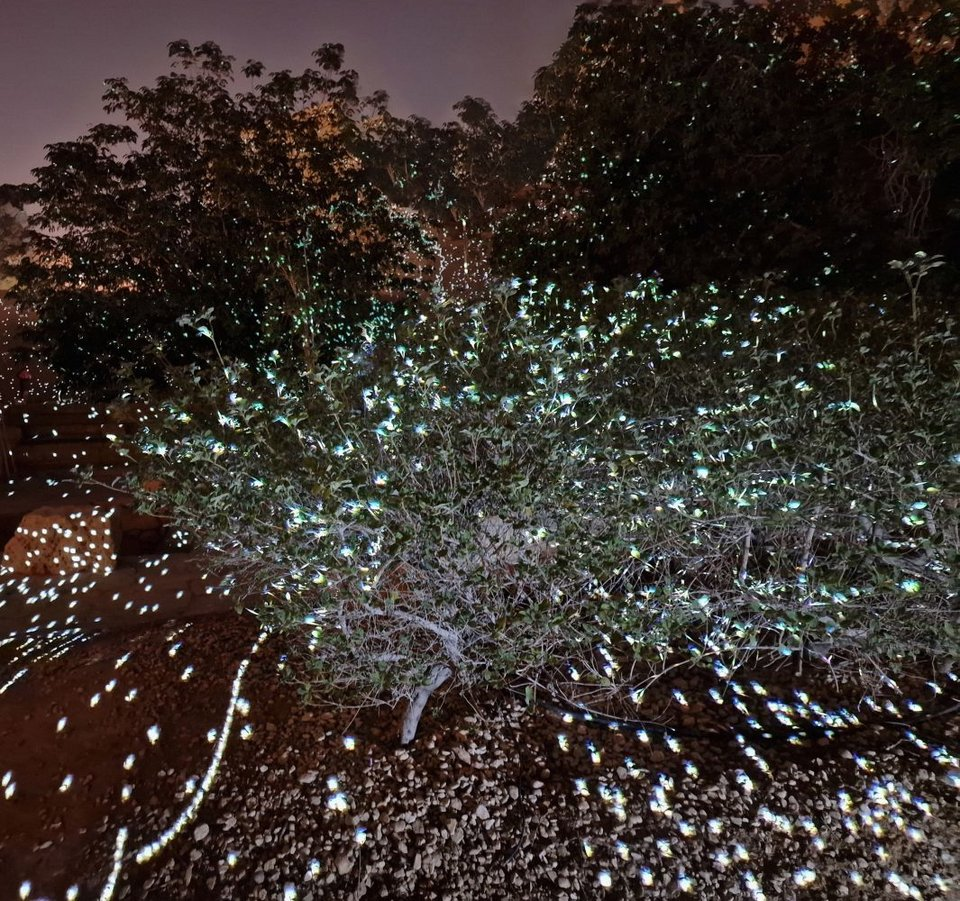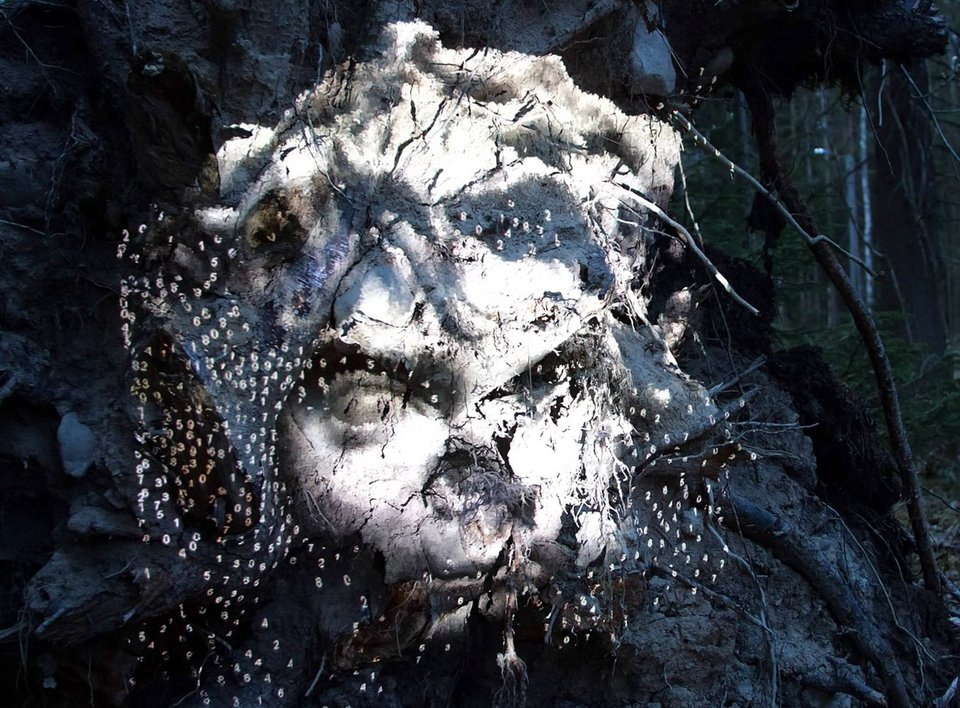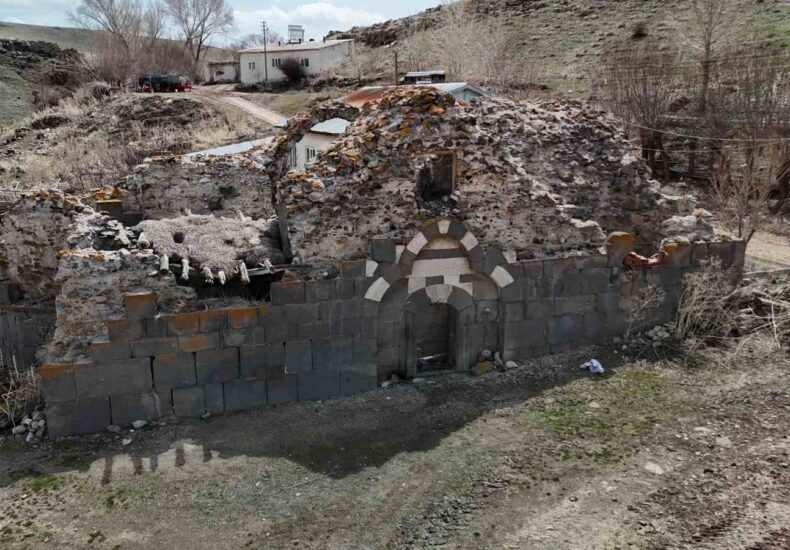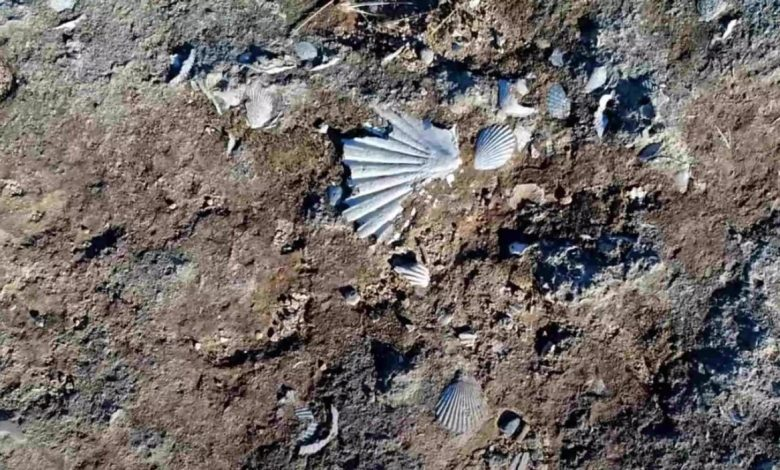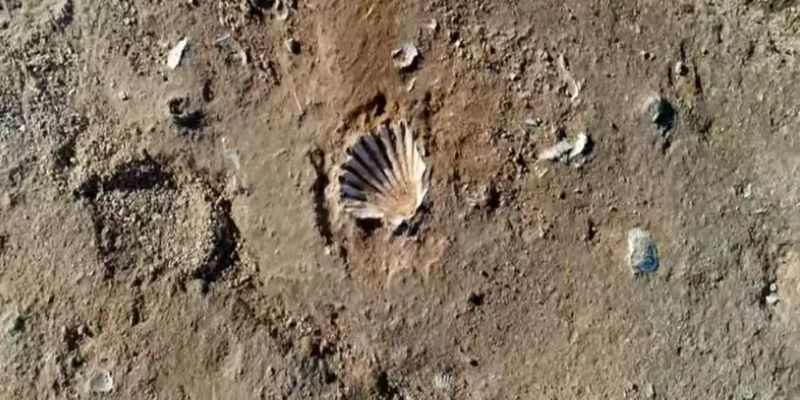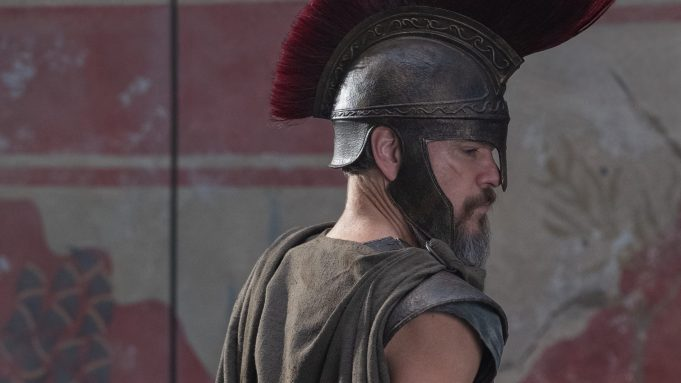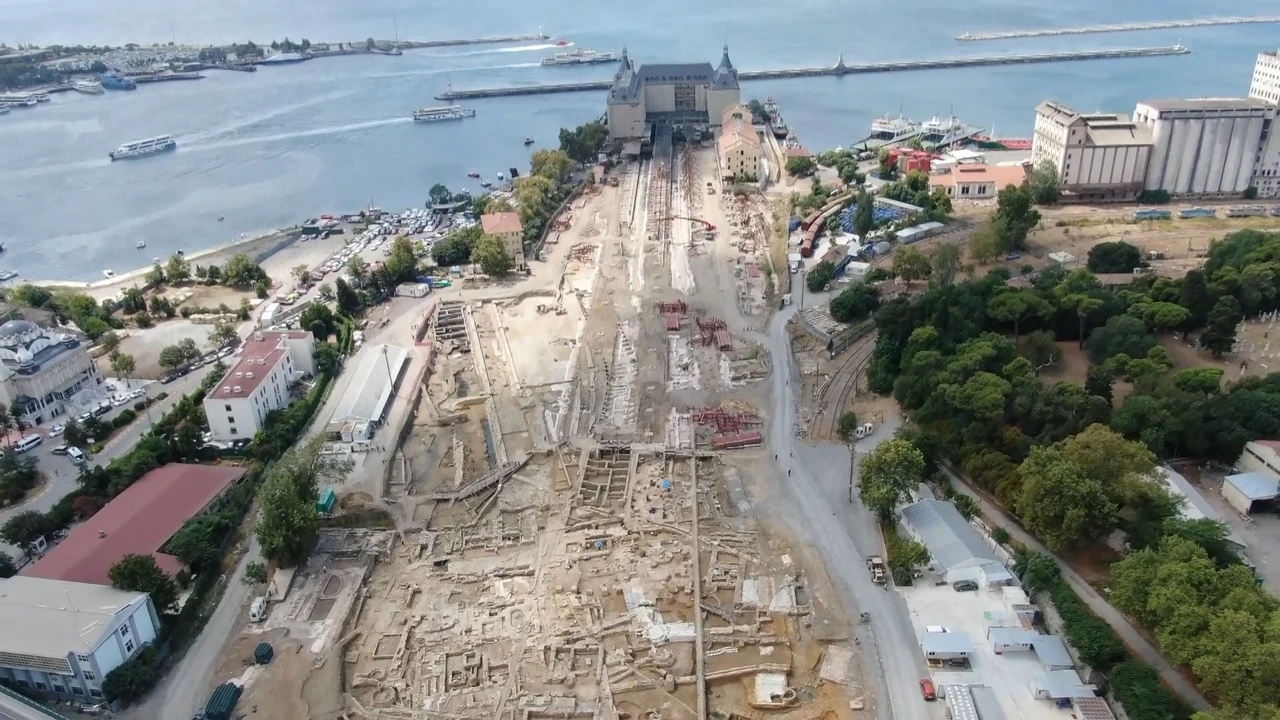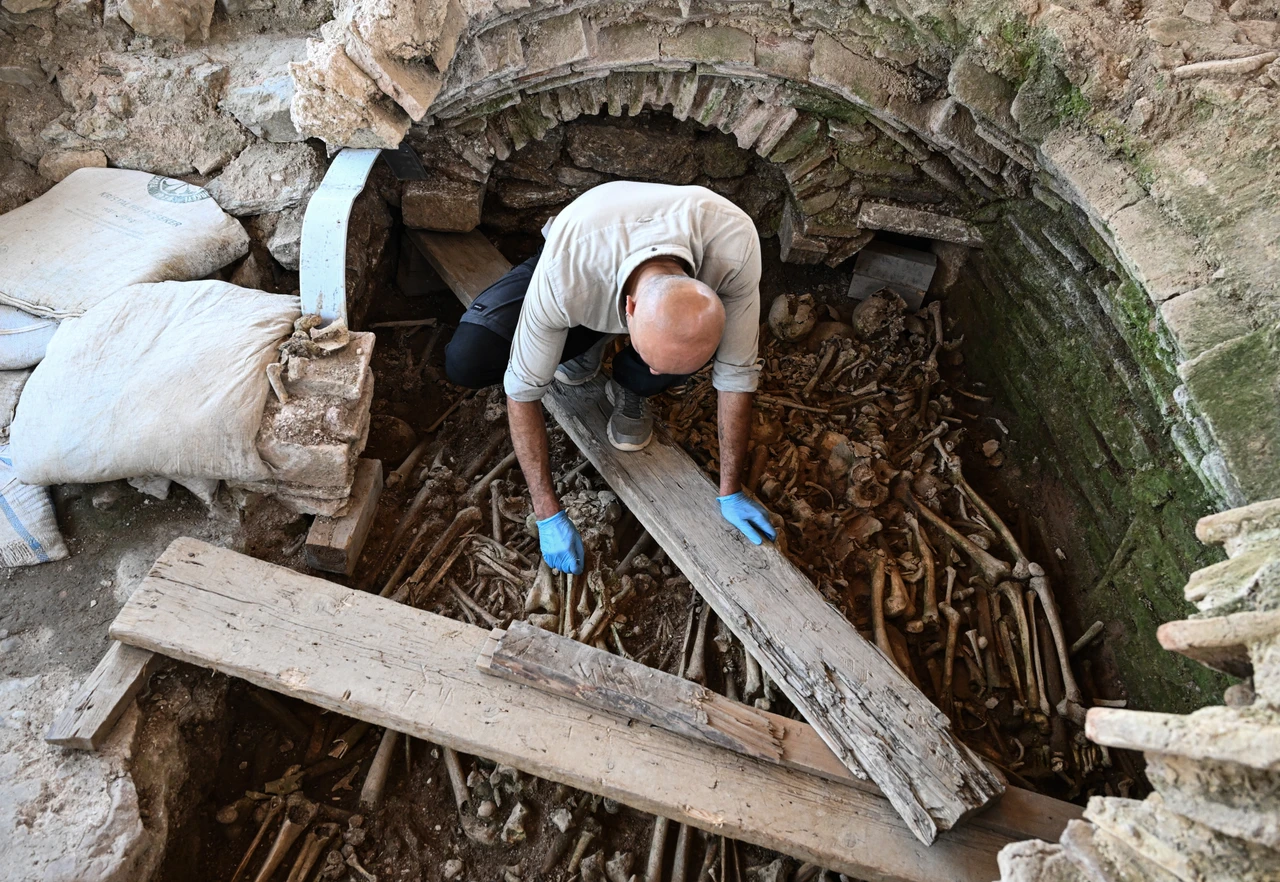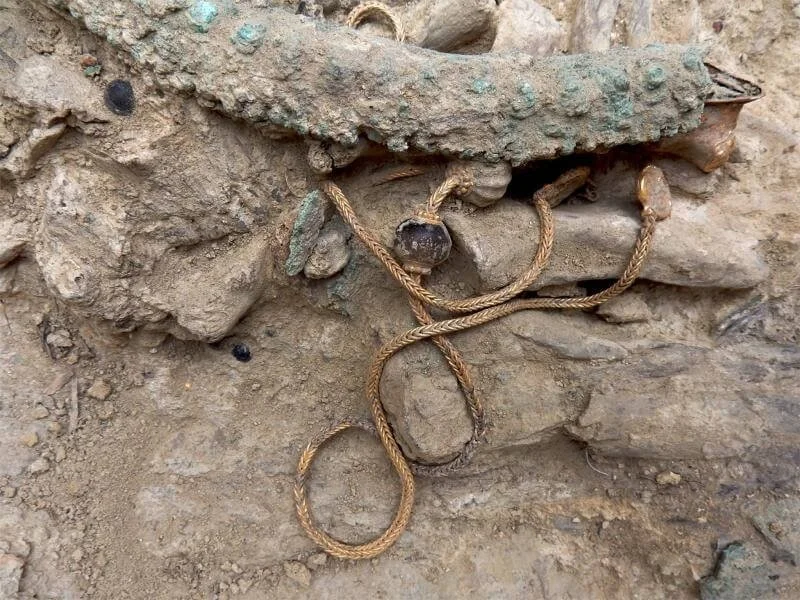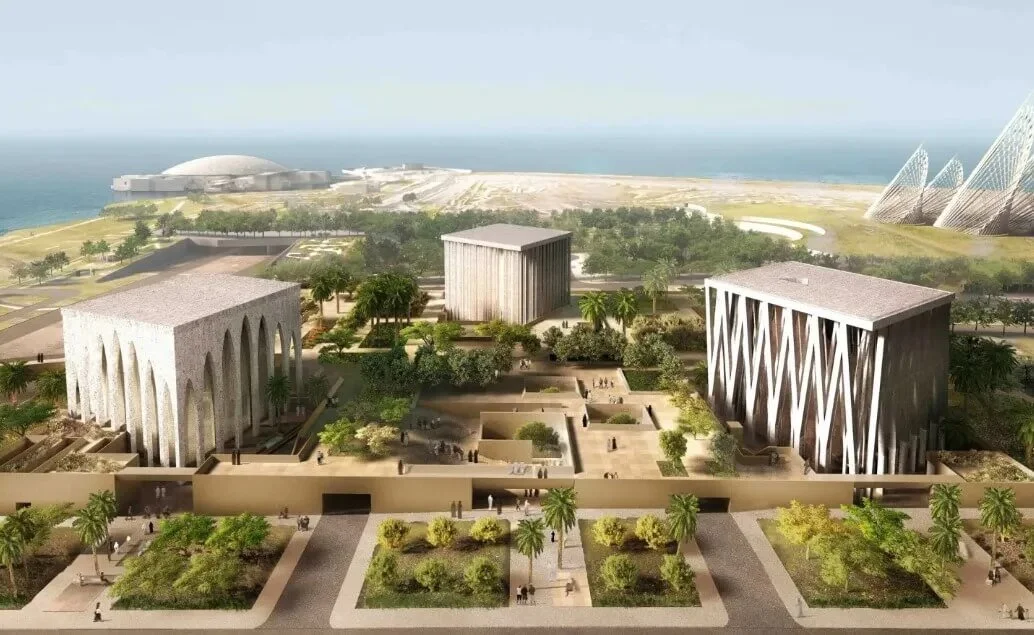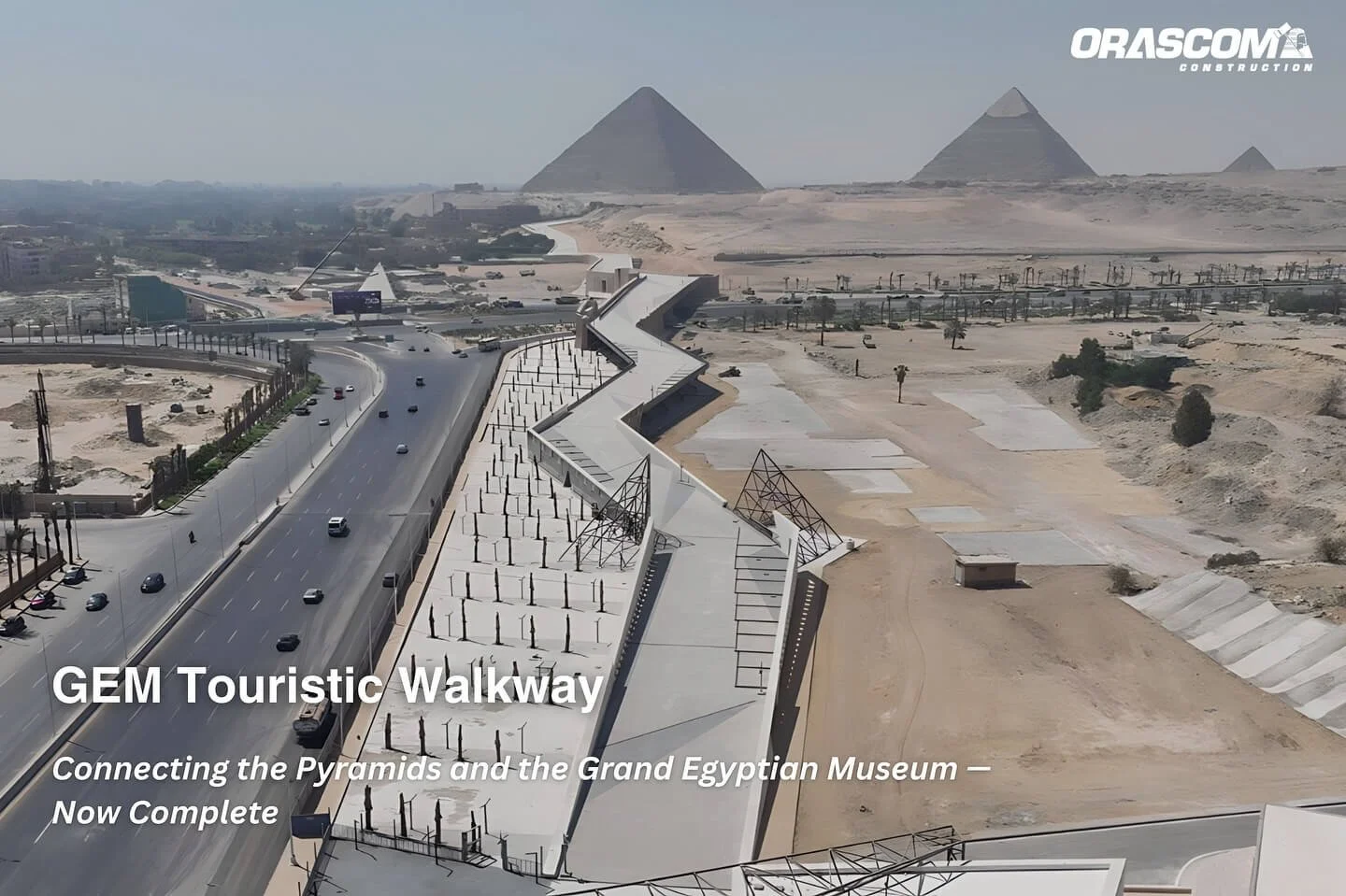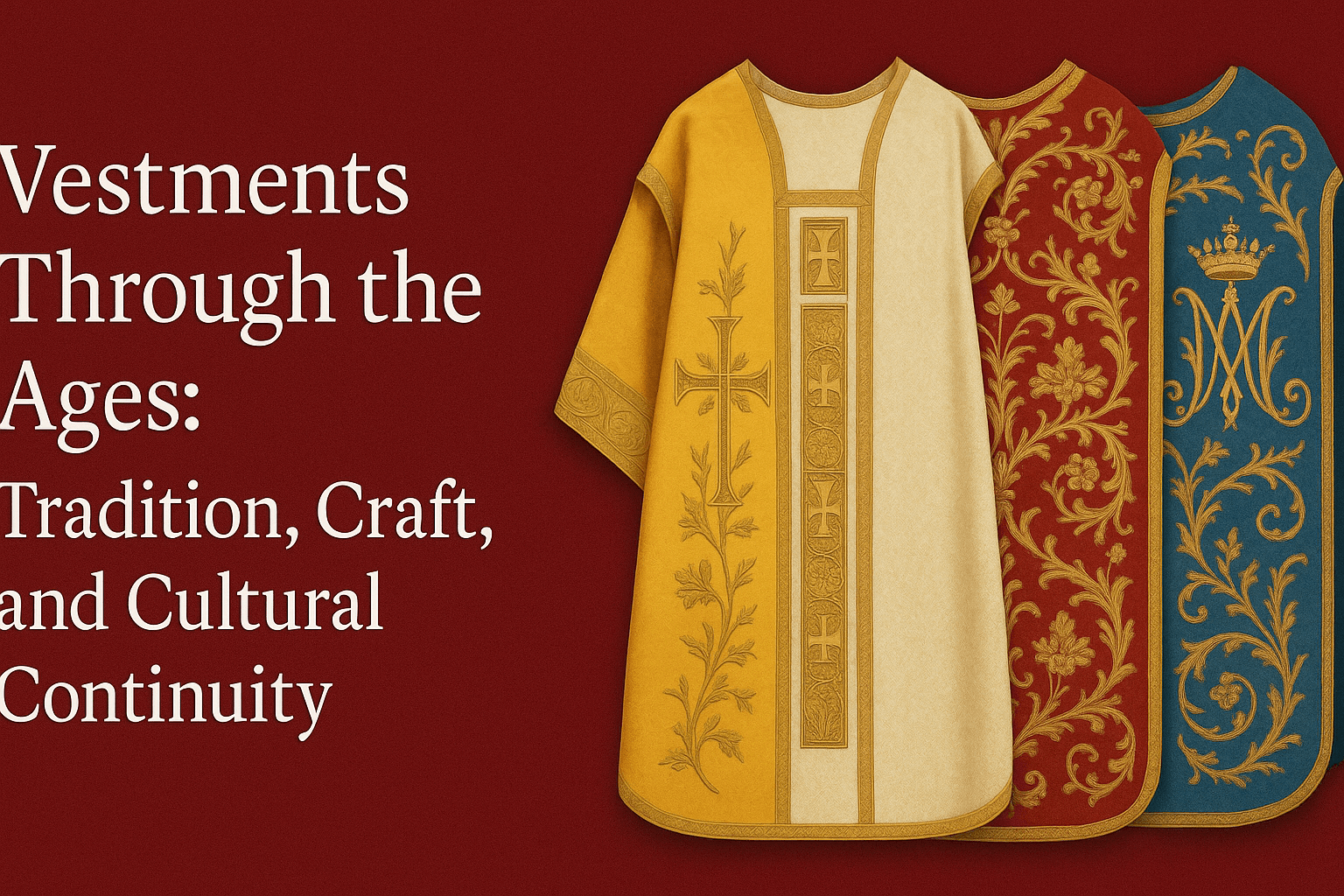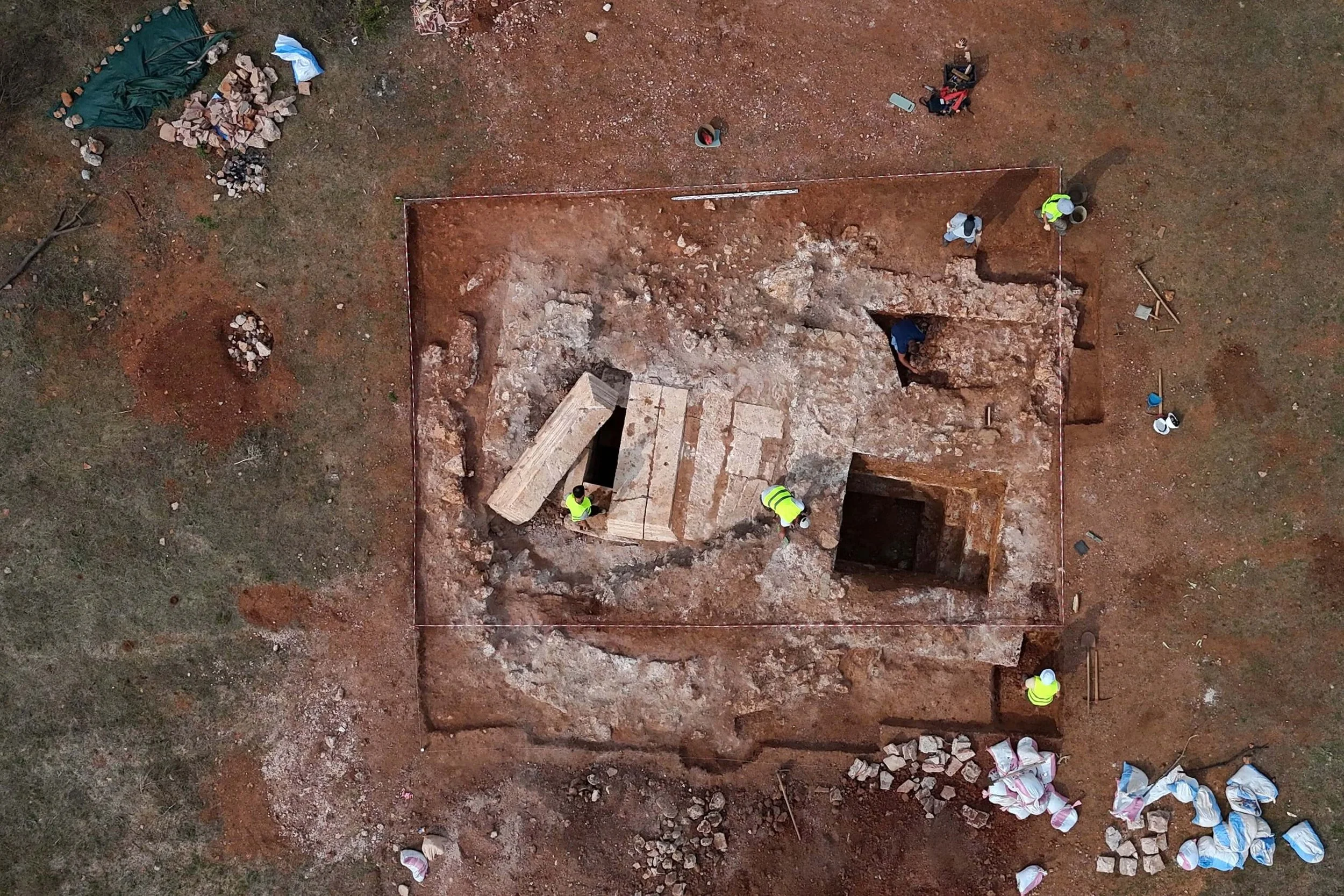Ancient DNA extracted from mummies found in the Sahara Desert provides a unique insight into the peoples of the region.
Today, the view from the Takarkori rock complex in southwestern Libya reveals endless sandy dunes and barren rocks, but 7,000 years ago, this area of the Sahara was a much greener and more hospitable place, as reported by CNN.
Now, scientists aiming to understand the origins of the inhabitants of the "Green Sahara" say they have succeeded in recovering the first complete genomes—detailed genetic information—from the remains of two women buried at Takarkori.
In ancient times, the region was a lush savannah with trees, permanent lakes, and rivers that supported large animals such as hippos and elephants. It also hosted early human communities, including 15 women and children who were buried at the rocky shelter, living off fish and raising sheep and goats.
The First DNA from the Sahara
"We started with these two skeletons because they are very well preserved—the skin, ligaments, tissues," said Savino di Lernia, co-author of the new study published on Wednesday in Nature.
The findings mark the first time that archaeologists have managed to sequence entire genomes from human remains found in such a hot and dry environment, explained Di Lernia, associate professor of African archaeology and ethnoarchaeology at the Sapienza University of Rome.
The genomic analysis revealed surprising results, showing that the inhabitants of the Green Sahara were an unknown and isolated population that likely lived in the area for tens of thousands of years.
Mummies Unveil Secrets of the Sahara’s Past
The excavation of the Takarkori rock complex, accessible only by 4x4 vehicles, began in 2003, with the two mummies being among the first discoveries. "We found the first mummy on the second day of the excavation," recalled Di Lernia. "We cleared the sand and found the lower jaw."
The small community that settled in the rock shelter likely migrated there during the first great wave of human migration from Africa around 50,000 years ago. Co-author of the study, Harald Ringbauer, stated that it was unusual to encounter such an isolated genetic lineage, especially when compared to Europe, where there was much more mixing.
Ringbauer, a researcher and head of the ancient genomics group at the Max Planck Institute for Evolutionary Anthropology in Leipzig, Germany, has pioneered techniques for extracting genetic material from ancient bones and fossils.
This genetic isolation, the study's authors noted, suggests that the region was unlikely to have been a migration corridor connecting Sub-Saharan Africa with North Africa, despite the hospitable conditions in the Sahara at the time.
Not Related to Near Eastern Pastoralists
Earlier analyses of cave paintings and animal remains found in archaeological sites across the Sahara suggested that its inhabitants were pastoralists who grazed sheep, goats, or cattle, which led some researchers to hypothesize that pastoralism spread from the Near East, where agriculture began.
However, such migration seemed unlikely given the genetic isolation of the Takarkori group, the authors of the new report suggested.
Instead, the research team hypothesized that pastoralism was adopted through a process of cultural exchange, such as interactions with other groups already practicing animal husbandry.
They Were Traders Too
"We now know that they were genetically isolated, but not culturally. There are many networks we know of from various parts of the continent, because we have ceramics from Sub-Saharan Africa. We have ceramics from the Nile Valley and other similar places," said Di Lernia.
"They had this kind of genealogy, which is quite ancestral, pointing to some kind of Pleistocene heritage that needs to be explored," he said, referring to the period that ended around 11,000 years ago before the current Holocene epoch.
Agreement Among Scientists
Louise Humphrey, head of research at the Human Evolution Research Centre at the Natural History Museum in London, agreed with the study's findings: the Takarkori people were largely genetically isolated for thousands of years, and pastoralism in the region was established through cultural diffusion, not the replacement of one population by another.
"The DNA extracted from two pastoralist women who were buried at the rock shelter around 7,000 years ago reveals that most of their ancestry can be traced to a previously unknown ancient genetic lineage of North Africa," Humphrey stated.
While she was not involved in the study, she has worked at the Taforalt Cave in eastern Morocco, where hunter-gatherers from 15,000 years ago were buried.
"Future research that integrates archaeological and genomic data is likely to provide further insights into human migrations and cultural changes in the region," Humphrey said.
Low Rates of Inbreeding Indicate a Healthy Population
Christopher Stojanowski, a bioarchaeologist and professor at Arizona State University, said one of the most interesting findings of the study was the "conclusion of a moderately sized population with no evidence of inbreeding."
"The fact that there were minimal signs of inbreeding suggests a degree of movement and connectivity, which also contrasts with the idea of a long-term, disconnected population of the Green Sahara," Stojanowski added, who was not involved in the study.
Recovering Ancient DNA is Rare
Experts have studied the skeletons and artifacts found in the region over the years, but efforts to recover DNA from the remains had proven elusive.
In 2019, scientists managed to recover mitochondrial DNA, which traces the maternal lineage, but this did not provide the full picture, according to Ringbauer.
"A few years ago, the samples were sent to Leipzig, because in recent years we have been using new methods to extract more from a very small amount of DNA, and the samples had very little DNA," Ringbauer said, who uses computational tools to analyze genetic data.





















